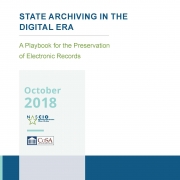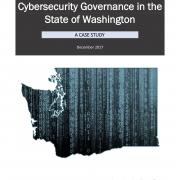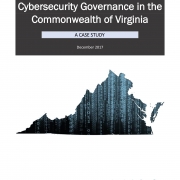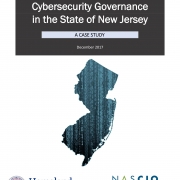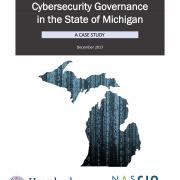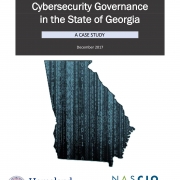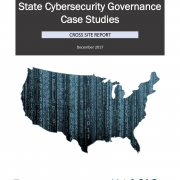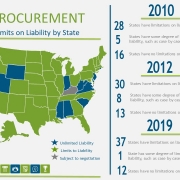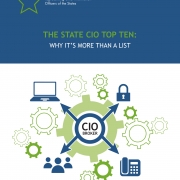State Archiving in the Digital Era: A Playbook for the Preservation of Electronic Records
States are creating digital records at a rapid and increasing pace. Many states are finding that they are unprepared to deal with the unique management and preservation issues that are related to digital archives. NASCIO, along with the Council of State Archivists created this playbook for the preservation of state electronic records. This document includes eleven plays that state officials should consider when working together toward the preservation of digital archives.

